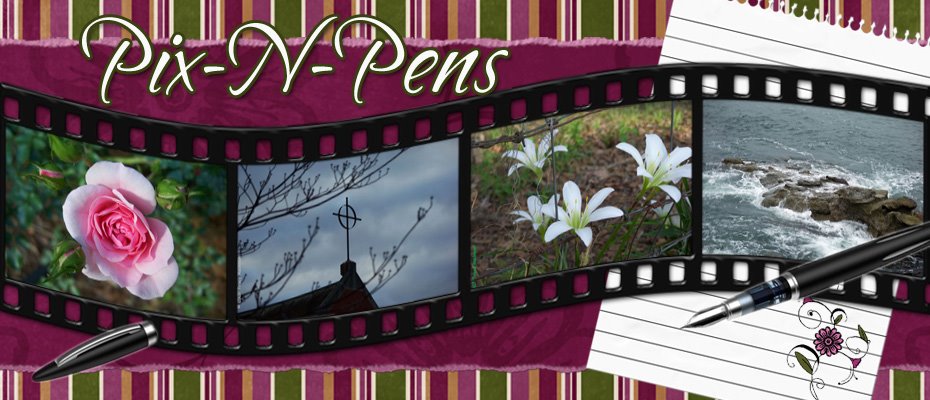City Girl in a Small Town
by Phee Paradise
With a title like Gone to Green, I was surprised to read that Green is a town, not an environmental movement. The book is a warm story about the people of a small town in Louisiana and their response to the stranger who takes over their newspaper. Its description of life in Green moves at the pace of a hot southern afternoon, but in spite of the slow start, I finished the book with a warm, fuzzy feeling. At first it read like a human interest story and I wondered if there was actually a plot, but the author gets around to it eventually and puts in some unexpected twists for good measure. When Lois, the newcomer, is faced with a decision, I found I felt strongly about what she should do. But like her new neighbors, I liked her and was willing to forgive her if she didn’t do what seemed right. I cheered for her successes and worried about her problems.
Christie nailed small town life in her descriptions of places, people and activities. As I read, I pictured the town where I lived for twenty-five years; its people, politics and events. She also captures the warmth and centrality of the Christian faith in Southern culture, from frequent hugs to Wednesday night prayer.
Pros: The characters are likeable and evoke warm feelings. It has enough plot twists to keep you reading and has a very satisfying ending.
Cons: The book starts slowly and the plot doesn’t show up until a third of the way into the book. In the beginning it’s also hard to keep track of all the characters.
When you need to brighten your day, pick up this book. It is truly a feel good story.
ABOUT THE AUTHOR:

Judy Pace Christie, after working as a journalist for twenty-five years, left the daily news business to open a consulting firm that works with individuals, businesses, and churches on strategies for meaningful life and work, including goal-setting, living fully, and balancing personal and professional lives. She is the author of Hurry Less, Worry Less; Hurry Less, Worry Less at Christmastime; and co-author of Awesome Altars. Judy and her husband live in northwest Louisiana.
ABOUT THE BOOK
 Lois goes from being a corporate journalist at a large paper in the Midwest to the owner of The Green News-Item, a small twice-weekly newspaper in rural North Louisiana. The paper was an unexpected inheritance from a close colleague, and Lois must keep it for at least a year, bringing a host of challenges, lessons, and blessings into her life.
Lois goes from being a corporate journalist at a large paper in the Midwest to the owner of The Green News-Item, a small twice-weekly newspaper in rural North Louisiana. The paper was an unexpected inheritance from a close colleague, and Lois must keep it for at least a year, bringing a host of challenges, lessons, and blessings into her life.
When Lois pulls into Green on New Year’s Day, she expects a charming little town full of smiling people. She quickly realizes her mistake. After settling into a loaned house out on Route 2, she finds herself battling town prejudices and inner doubts and making friends with the most surprising people: troubled teenager Katy, good-looking catfish farmer Chris, wise and feisty Aunt Helen, and a female African-American physician named Kevin.
Whether fighting a greedy, deceitful politician or rescuing a dog she fears, Lois notices the headlines in her life have definitely improved. She learns how to provide small-town news in a big-hearted way and realizes that life is full of newsworthy moments. When she encounters racial prejudice and financial corruption, Lois also discovers more about the goodness of real people and the importance of being part of a community.
While secretly preparing the paper for a sale, Lois begins to realize that God might indeed have a plan for her life and that perhaps the allure of city life and career ambition are not what she wants after all.
To read the first chapter of Gone To Green, click HERE















































